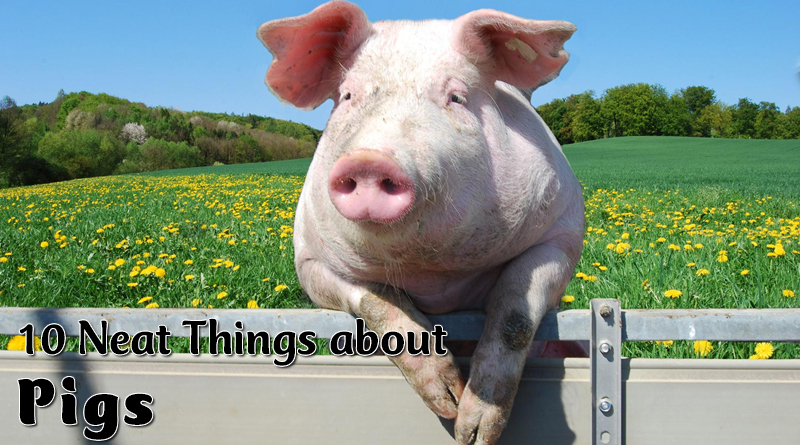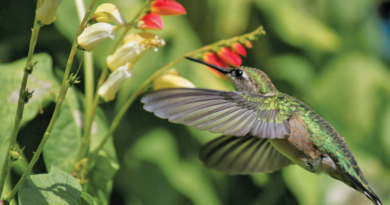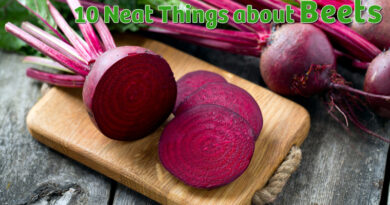10 Neat Things About Pigs
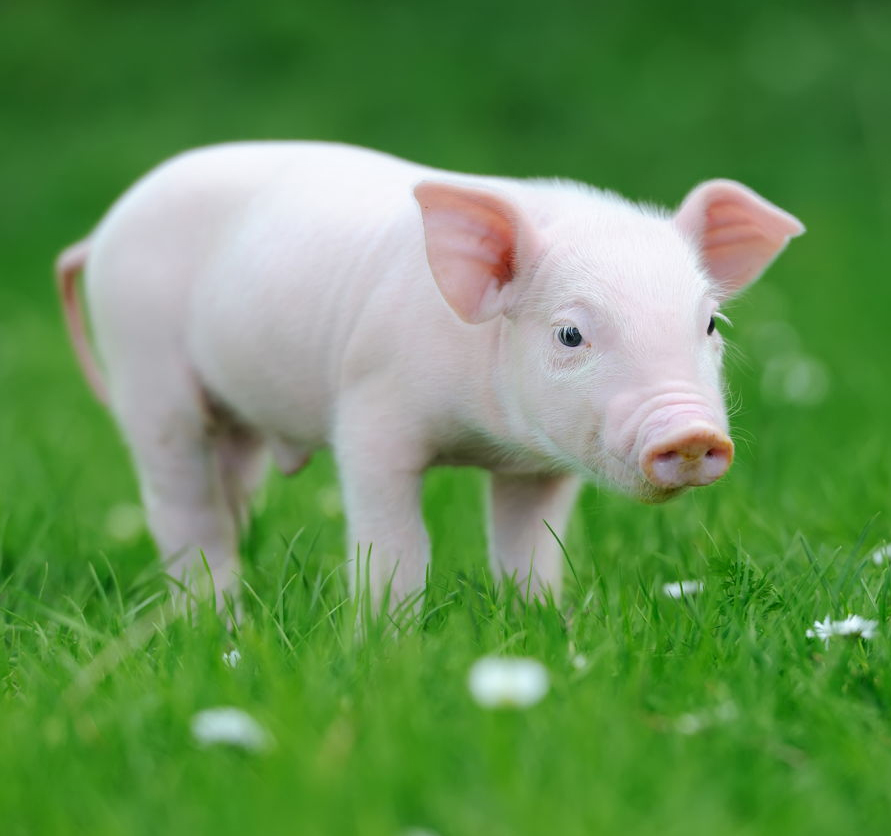
1. What to call it (1).
There are more words for the animal that gives you pork than any other animal I know of. Pig often refers to a younger version of the animal. Swine and hog are two common terms. A boar is a mature male and a sow, a mature female, but a barrow is a castrated male, a queen is an unmated young female and a gilt is a young female that has been mated and is only just pregnant for the first time. She will give birth to piglets, but the piglets will be known as shoats once they are weaned.
2. What to call it (2).
When the critters are going to slaughter, they are termed by their weight and age. From youngest and smallest to oldest and biggest, they are: suckling, porker, baconer, and butcher hog. When it is sold to someone who will continue to care for it before slaughtering, it might be a feeder, at six to eight weeks old, a grower or a finisher. A pig that is being raised for companionship rather than meat is called a pet.
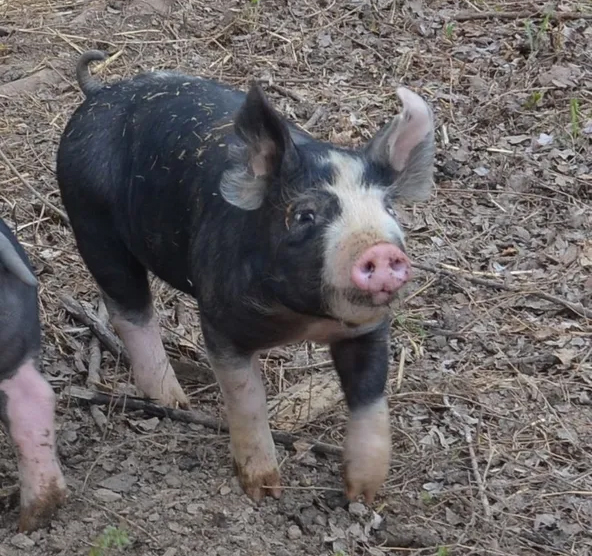
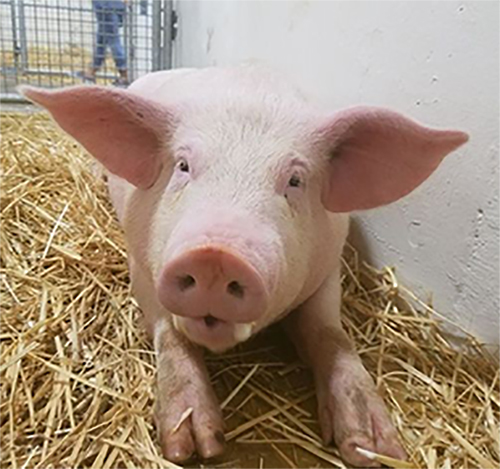
3. Forbidden pigs.
Pork is forbidden meat for Jews, Muslims and Seventh Day Adventists. It was also shunned by many people in Scotland, particularly highlanders. Although the taboo is supposed to have died out in Scotland in the early 1800s, my great grandfather abhorred mention of the animal, and you’d have your mouth washed out with soap if you said the p-word at the dinner table.
4. Pet pigs.
Mini pigs make great pets provided that: they are legal to own where you live and you are prepared to have an animal up to 150 pounds or bigger. A “mini” pig is bred to be smaller but it won’t be tiny forever; they tend to continue to grow for at least three years. On the plus side, they are hypo-allergenic and they are quite tidy. On the minus side, they eat and poop a lot and they can be pretty stubborn.
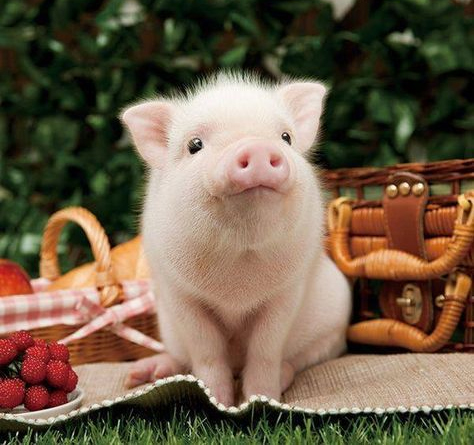
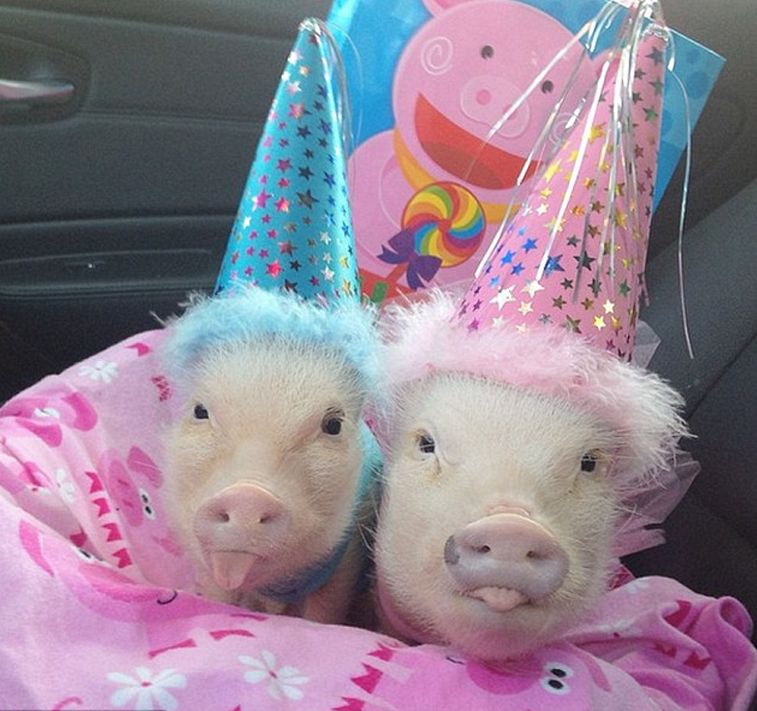
5. Weird fact.
Pigs are not susceptible to one type of snake venom, alpha-neurotoxin. This is a venom that causes numbness and is delivered by king cobras, cobras, sea snakes and the many-banded krait. There are four mammals that share this trait; the other three are honey badgers, mongooses and hedgehogs. Don’t just leave your pigs and mongooses with cobras, though, because there are other toxins in the venom.
6. Sad fact.
Pigs root. This is the nuzzling the ground you see. It’s similar to kittens kneading and it originates in seeking milk from the mother. Apparently, some owners will put a ring through the hog’s nose because it makes rooting painful.
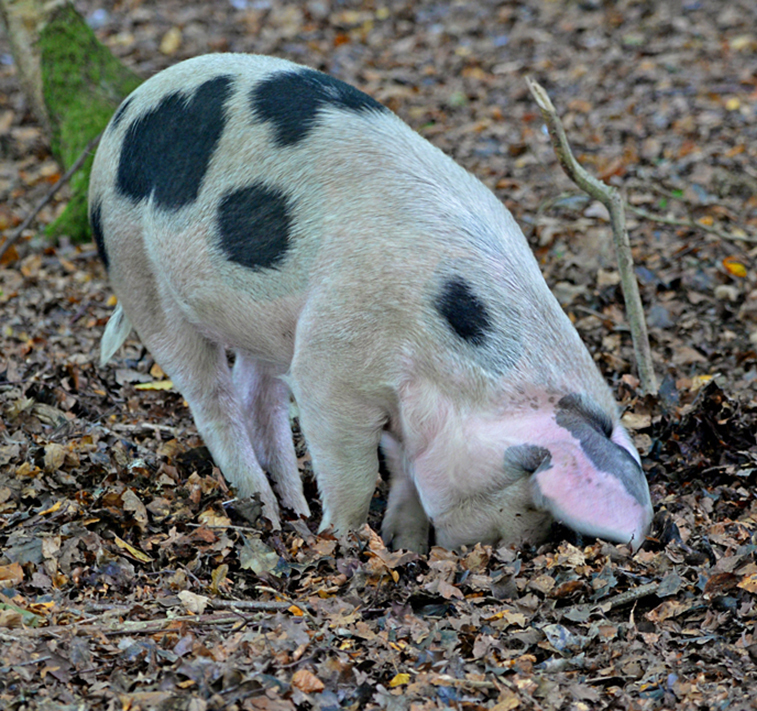
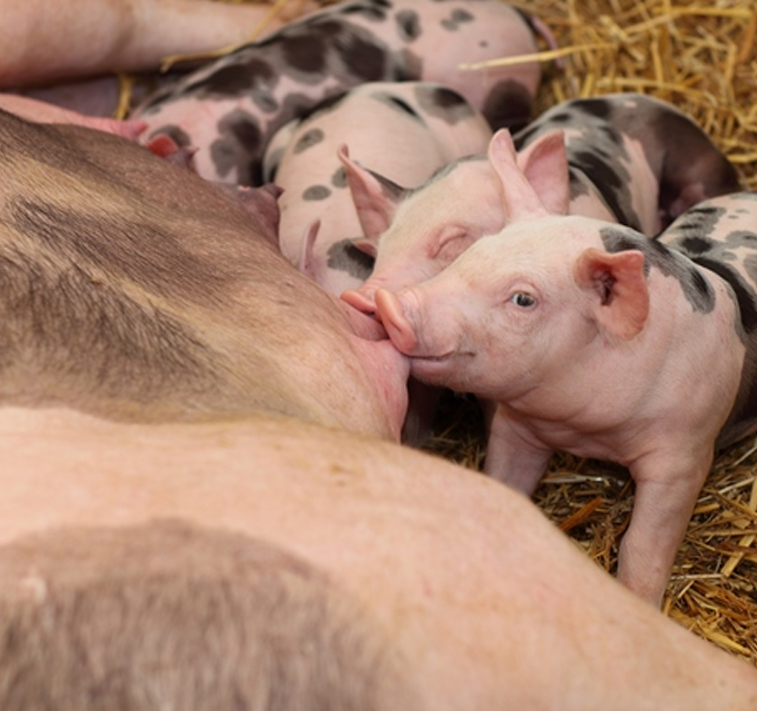
7. Teat order.
Piglets will always return to the same nipple on their mothers for feeding. This has to do with establishing dominance. Nipples closer to her head, or anterior nipples, deliver more milk faster so that is where the dominant piglets will go. It may be beneficial to the non-dominant piglets too, though, because stimulation of the anterior nipples causes milk letdown. It’s best to let the most rambunctious piglets feed there.
8. Savage mothers.
Some younger mothers will savage their progeny. This involves treating them roughly, injuring them and biting or crushing them, sometimes killing them. It seems to occur more frequently when a sow or gilt is stressed by outside factors like not being fed on time or hearing too much noise.
9. Stressed hogs.
Hogs that are stressed produce more of the hormone cortisol. This stress hormone circulating in the animal ruins the quality of the meat. It would behoove handlers to keep their pigs happy. Pigs don’t like fast movements or unfamiliar things. Handlers are urged to treat pigs positively, allowing them to smell and explore and speaking kindly and calmly to them.
10. Medical use.
Pigs are believed to be the best candidates for non-human organ donation. They have similar skin and their organs are about the same size as humans’. Also, since they have been domesticated for some time, no new infectious agents are expected. Nonetheless, no attempted transplantation from pigs to humans has been entirely successful.
– Shauna Dobbie Copyright©
Pegasus Publications Inc.



